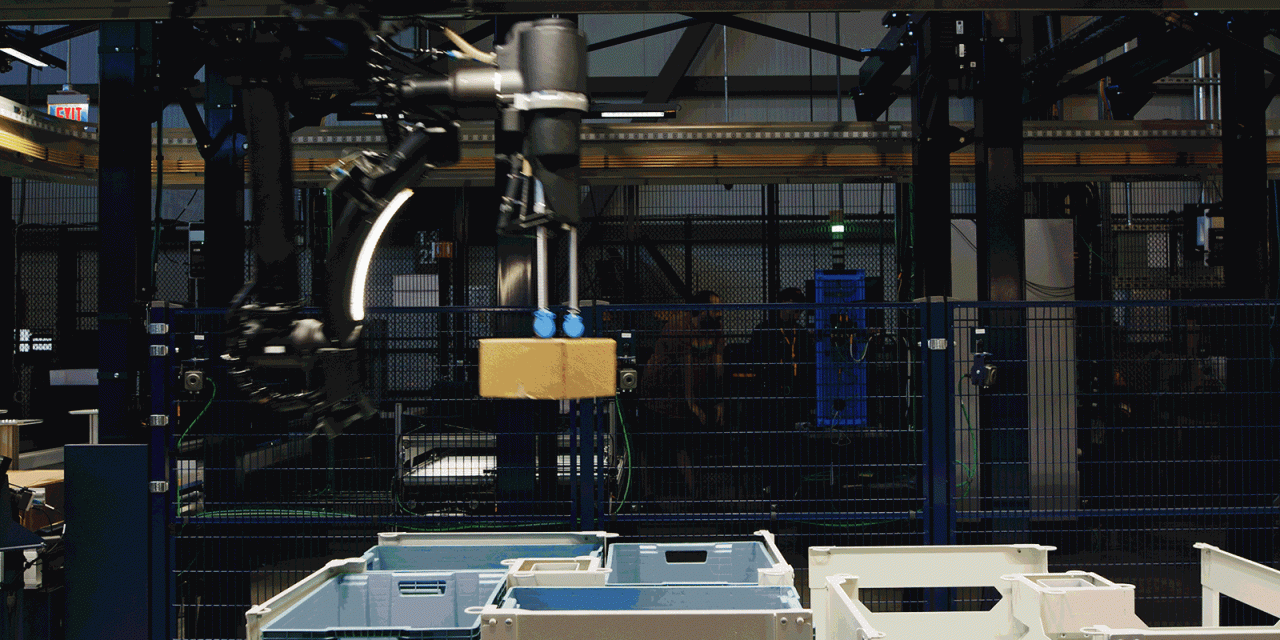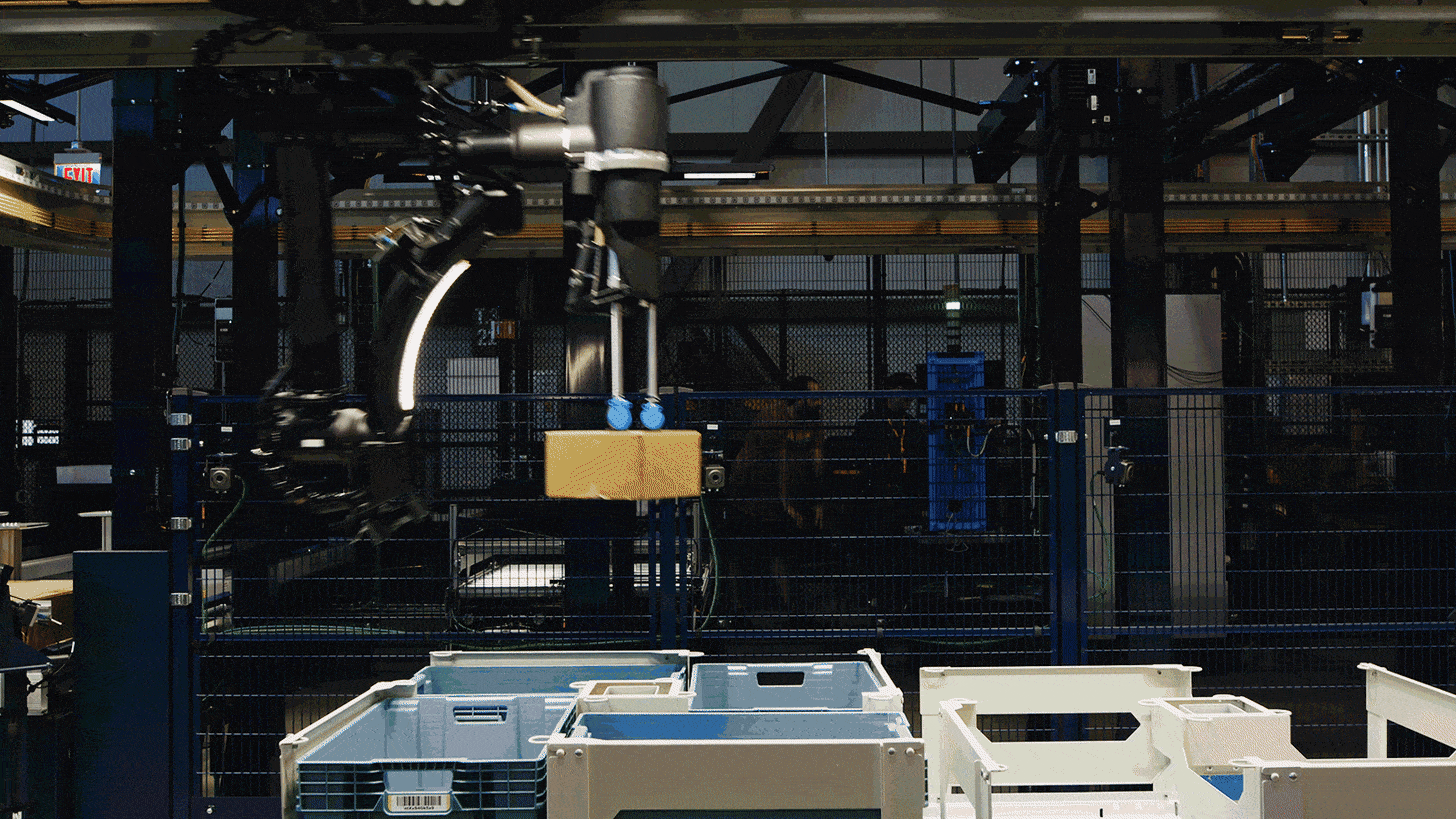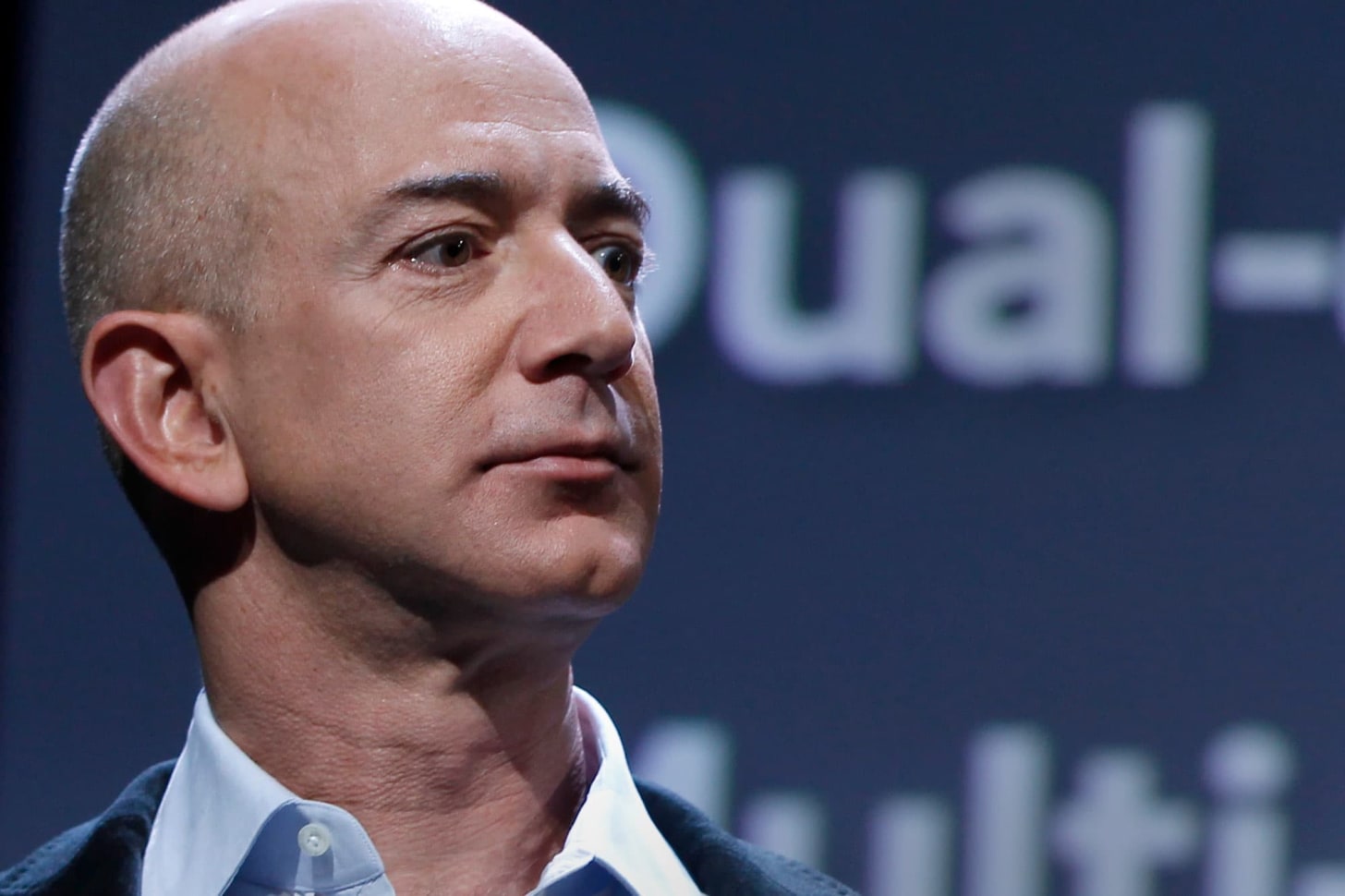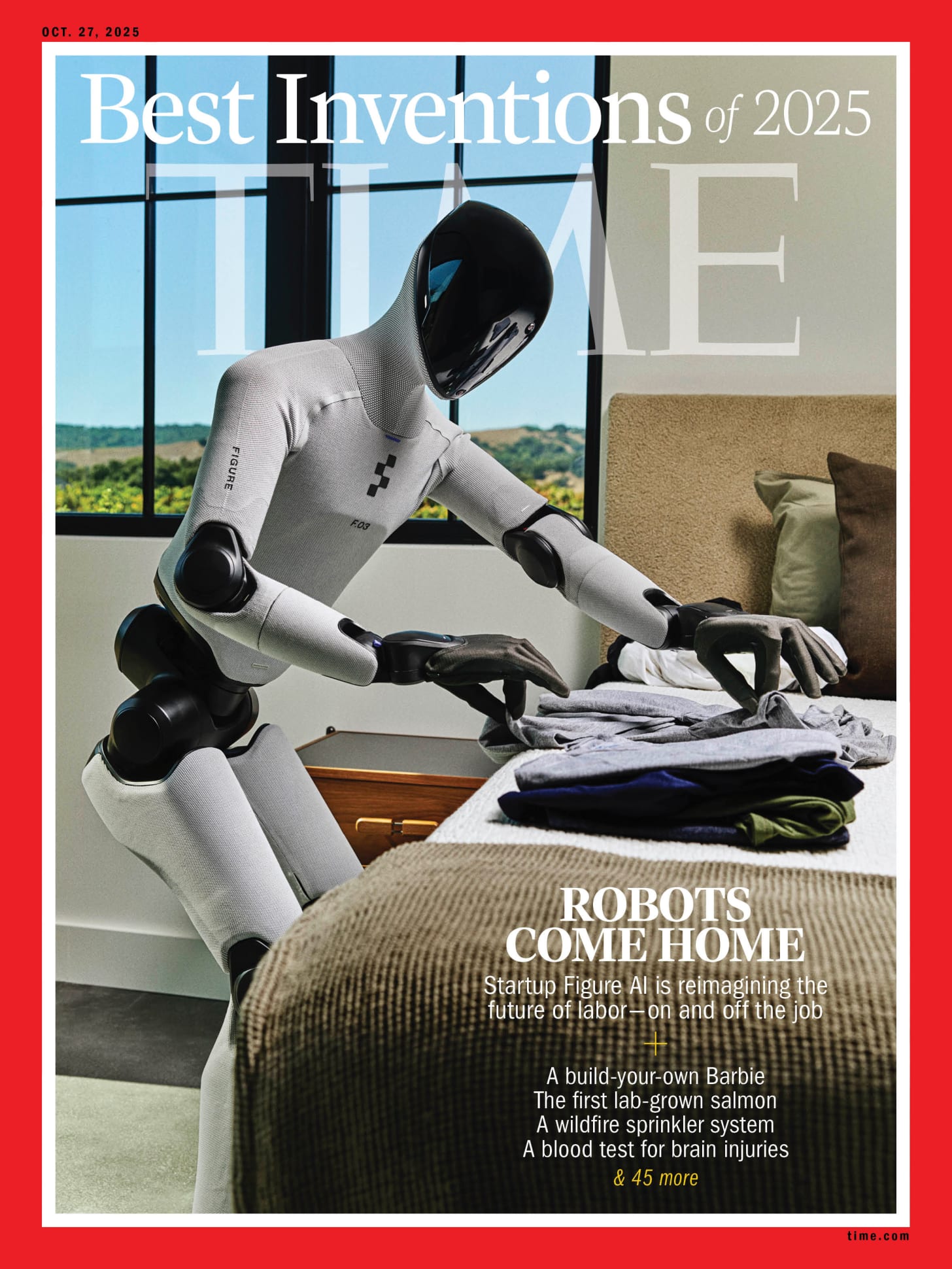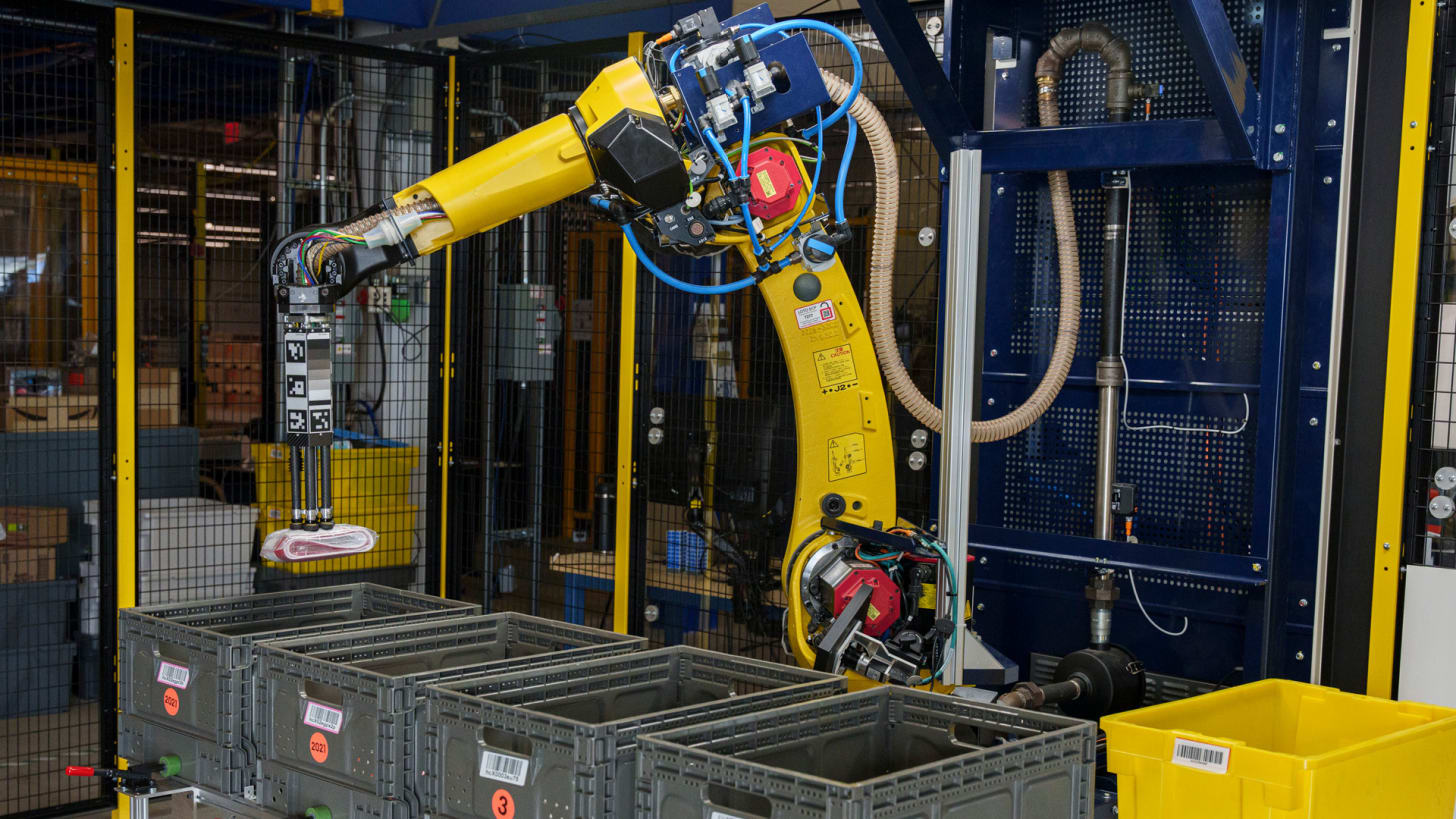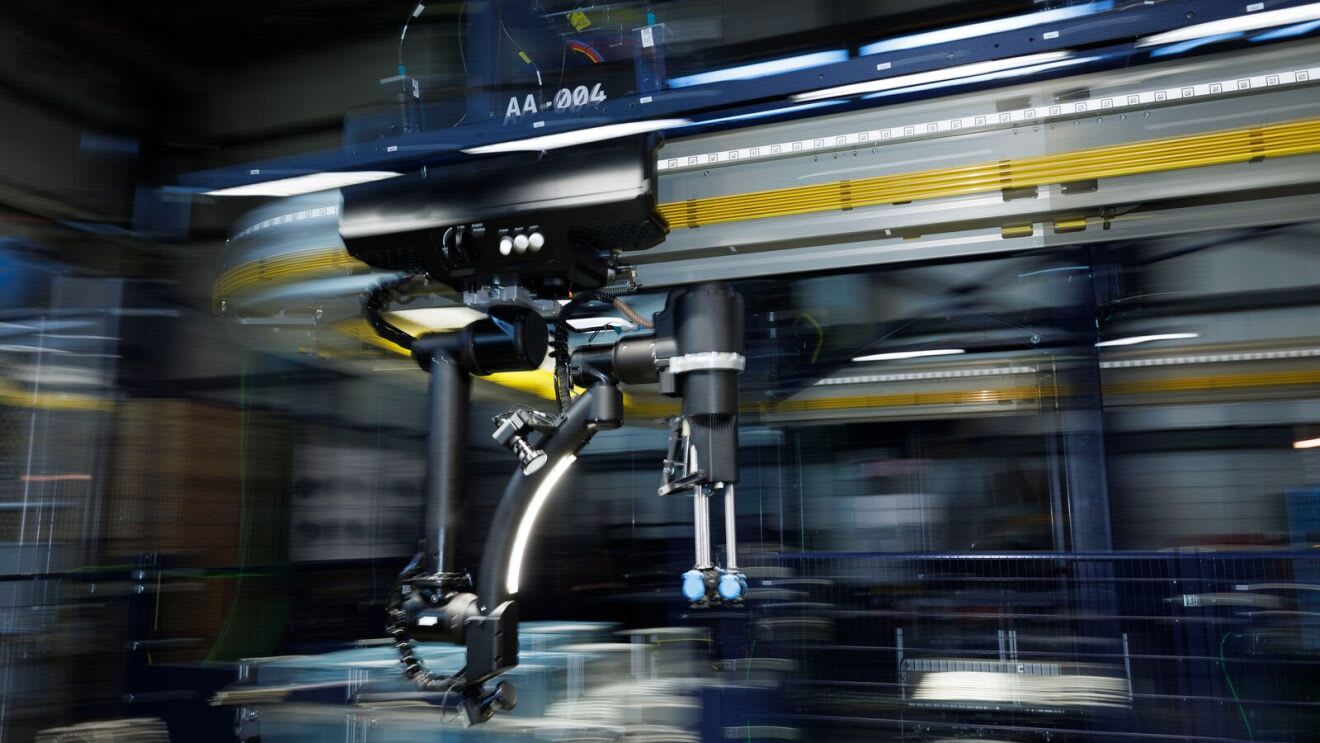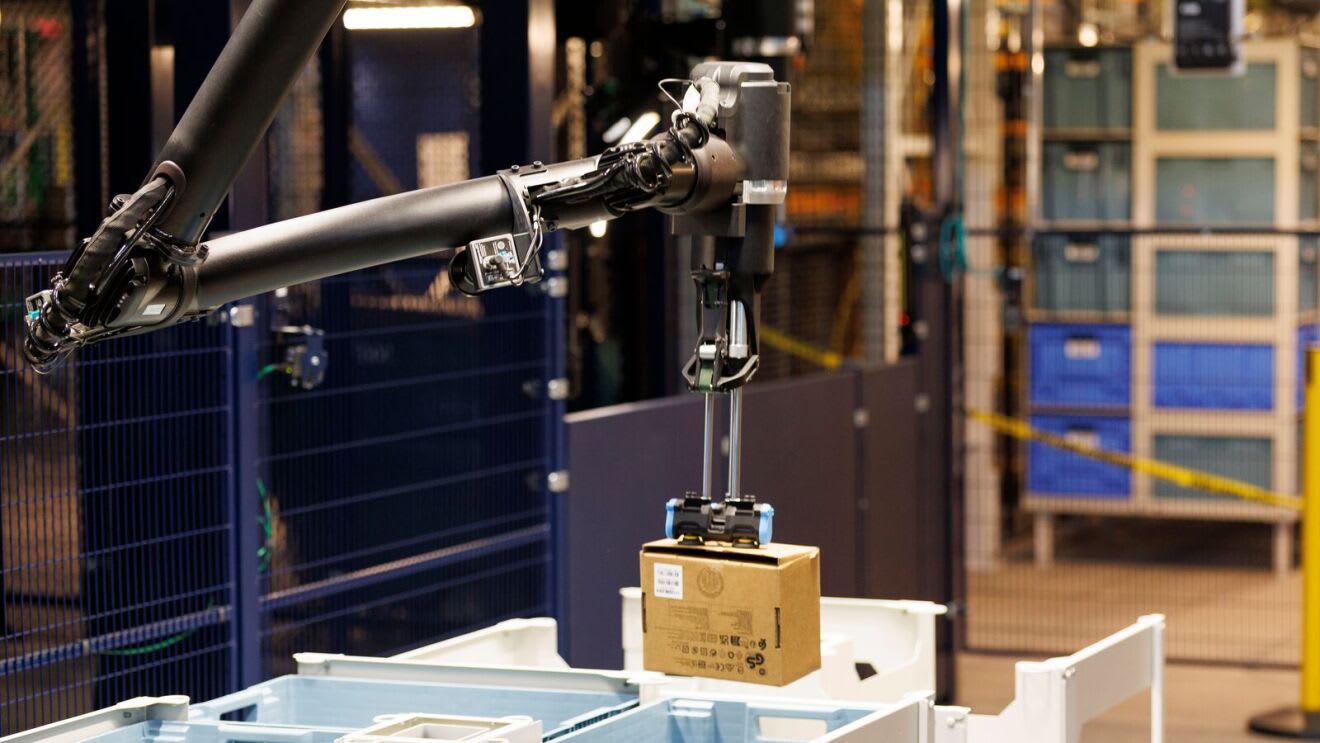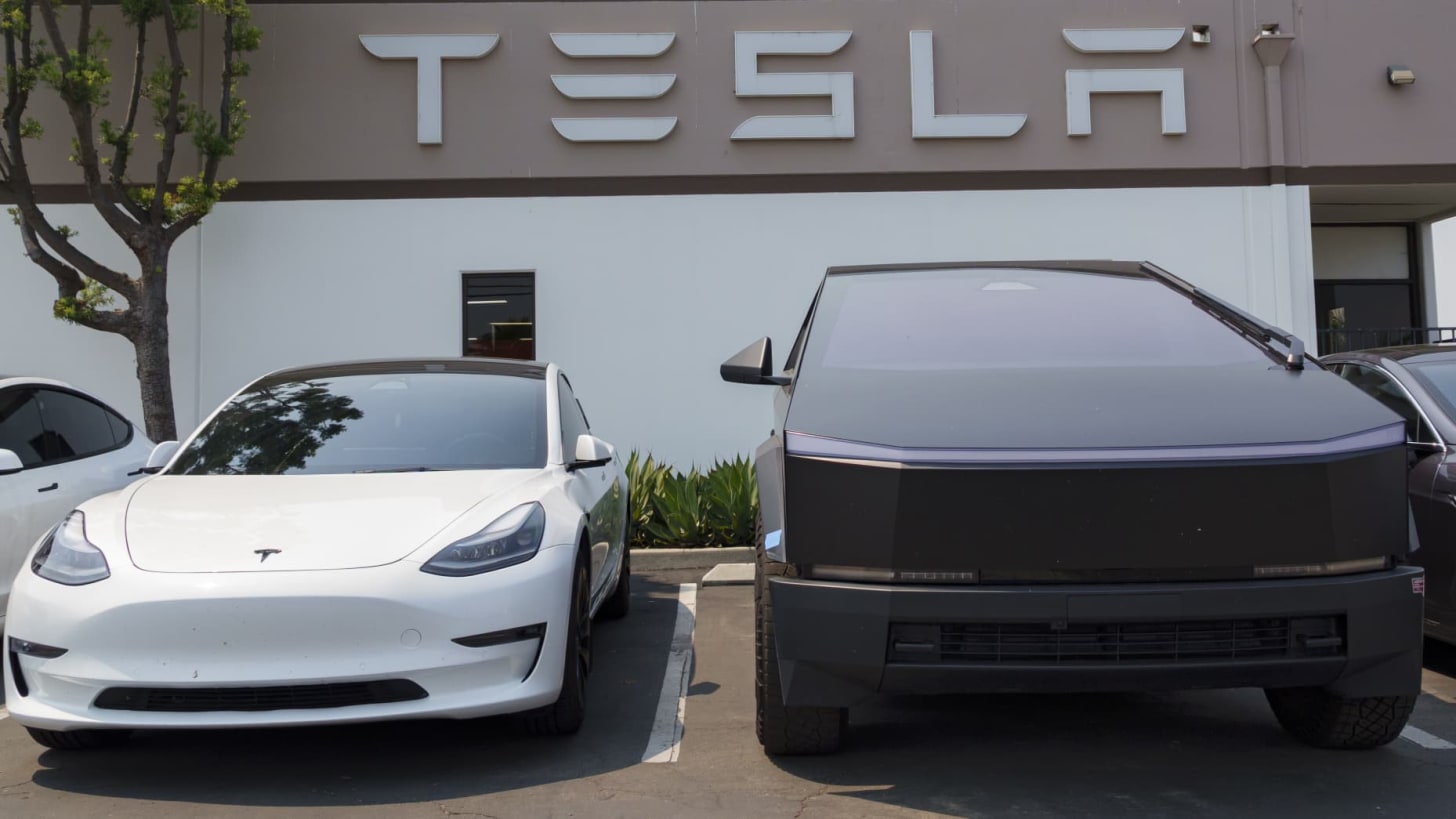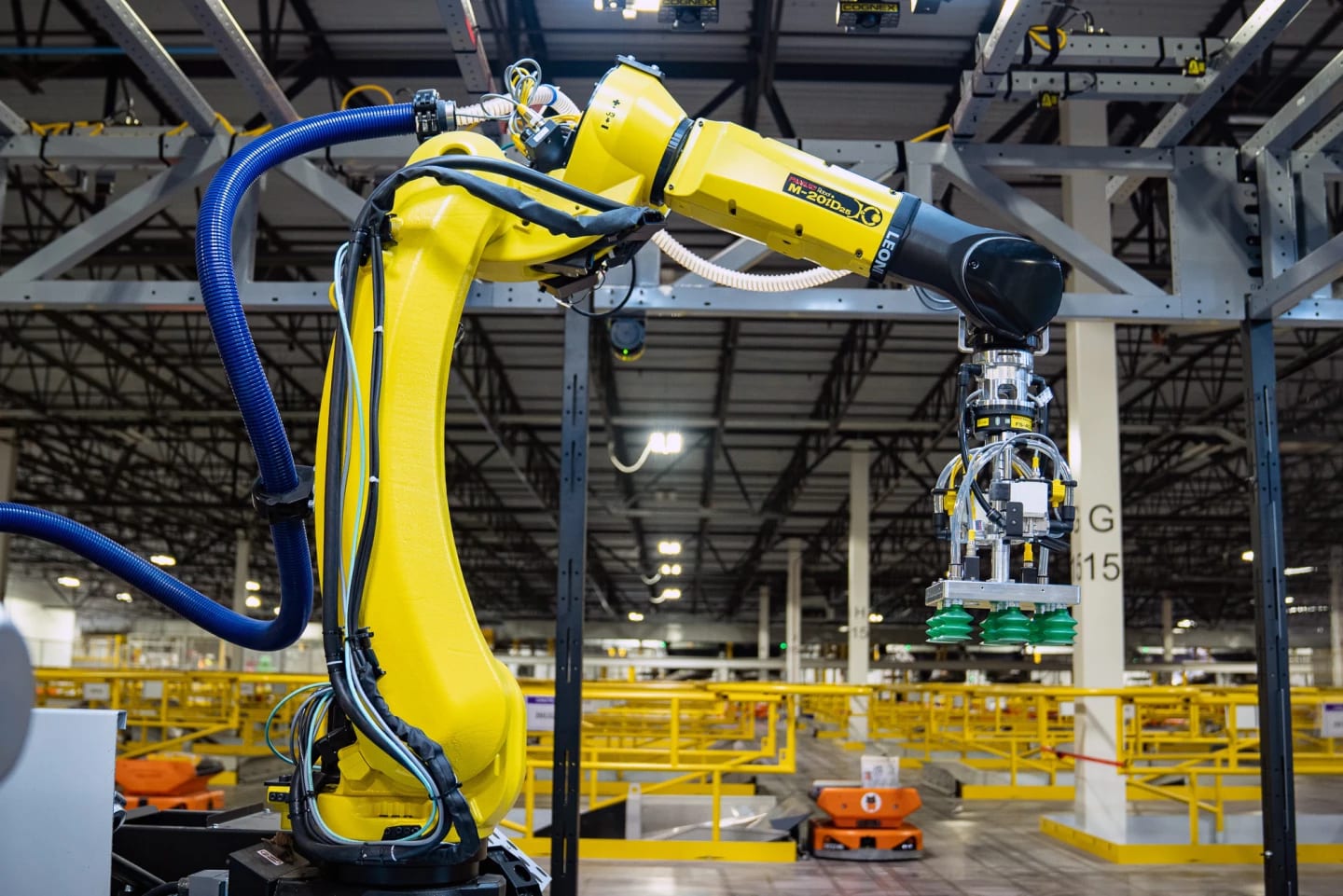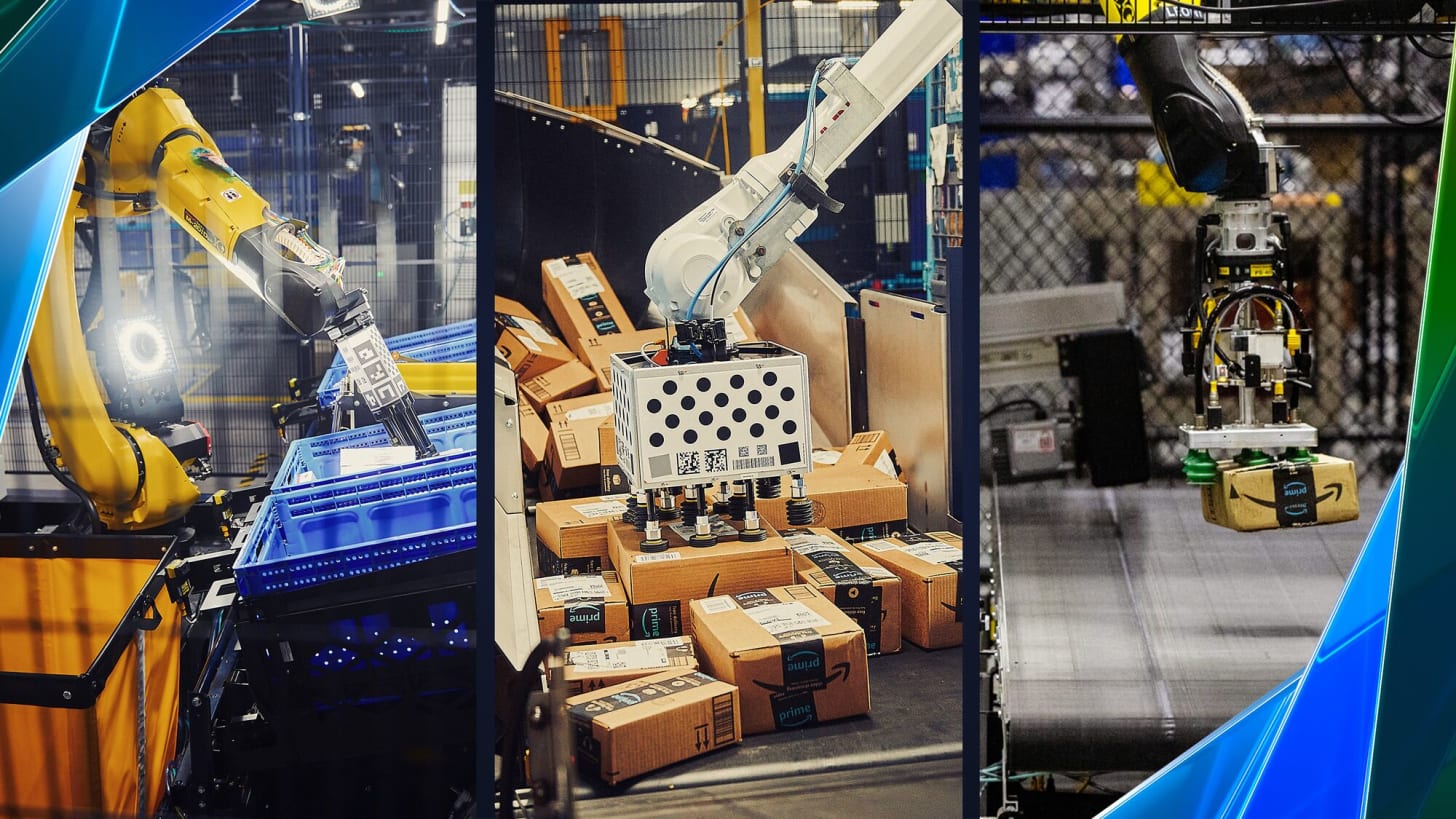Good Morning,
While we talk about the decline of vibe coding and the multi-year lag of productive AI agents, we are going to have to talk about real industry robotic automation systems and the potential of speculative quantum systems. I’m interested in real automation in the labor force, and not just the new Gen AI models or products that seem to pop up constantly and at tiresome intervals.
Companies like Amazon and Walmart are fairly big U.S. employers, so what happens when they need radically less workers? This week we heard that Amazon is reportedly leaning into automation plans that will enable the company to avoid hiring more than half a million US workers. It’s actually closer to 600,000 employees at Amazon warehouses alone.
I’ve been watching Amazon’s robot pilots for years and and between 2027 and 2033 the big shift is likely to take place. Amazon this week introduced its ‘Blue Jay’ warehouse robot that performs multiple tasks at once.
Amazon employs nearly 1.2 million people in the United States, making it the second-largest employer in the country, according to recent reports. The company has more than tripled its U.S. workforce since 2018. I think you can guess who the biggest employer is? It’s Walmart.
Generative AI simply hasn’t had a very big impact on jobs or automation, a testament to how nascent the technology is. However robotic automation has been testing its feasibility for the past decade. Warehouse automation, logistics robots and autonomous vehicles at scale, is a fundamentally different society and ushers in the Machine Economy era.
Amazon of course will hire in other roles to lessen the bad PR where it has a very positive spin on all of this automation (with a lot of evidence that a robotic-human workforce isn’t more safe actually):
“Designed with Amazon’s front-line employees in mind, these innovations reduce repetitive tasks, improve safety, and boost productivity—while speeding up delivery.” – Amazon
Just like Meta is firing some AI talent to streamline all the poaching its been doing from the likes of Apple and OpenAI of top tier more expensive AI talent, citing interviews and internal strategy documents, The New York Times reports that Amazon is hoping its robots can replace more than 600,000 jobs it would otherwise have to hire in the United States by 2033, despite estimating it’ll sell about twice as many products over the period. If you ask me, 600k jobs in seven years is a big number.
Both Unitree and Figure AI released the prototype of their latest humanoid robot. It’s looking more like 2027 will be the year of robots and AR glasses and not some all purposeful or productivity enhancing AI products. The future doesn’t wait for the hype to die down.
Amazon’s Big Automation Push begins in the next 18 months
Documents reportedly show (NYT, verified by the Verge) that Amazon’s robotics team is working towards automating 75 percent of the company’s entire operations, and expects to ditch 160,000 US roles that would otherwise be needed by 2027.
Amazon’s automation efforts are expected to save the company $12.6 billion from 2025 to 2027.
Amazon is already the best company for both Cloud and Advertizing revenue, cue the robots. So what exactly are Blue Jay and Eluna? Announced on October 22nd, 2025:
-
Amazon’s Blue Jay is a new robotics system designed to enhance warehouse operations by coordinating multiple robotic arms to perform tasks like picking, stowing, sorting, and consolidating items. It acts as an “extra set of arms” for human workers, improving efficiency and safety in fulfillment centers, and is currently being tested in South Carolina.
-
Project Eluna is an agentic AI system that functions like an additional operations teammate. It processes real-time and historical data from fulfillment centers to analyze workflows, reduce cognitive load on employees, and optimize decision-making for faster deliveries.
If Amazon is unveiling this, Walmart will have to do the same and of course many others. This as the likes of Waymo and Baidu Apollo expand to more global cities. We have to come to terms with the idea that a lot of automation ahead has very little to do with AI at all, and more to do with systems that have bene improving for decades like self-driving cars and robotics with specific functions.
Generative AI Hype is Shifting into the Emerging Tech Era
Amazon’s Vulcan, DeepFleet, Blue Jay and Eluna are a sign of things to come. The humanoid robot startup Figure AI somehow has a valuation of $39 Billion without a steady pipeline of revenue or even production of its robots. Gone are the days when we thought Tesla would lead in self-driving “robotaxis” or Optimum Tesla bots.
Apple will also be pushing into consumer robotics fairly hard in the 2027 to 2030 period in addition to its AR glasses. BigTech who report Q3 Earnings soon are having to invest in a full-stack approach to capex, AI Infrastructure and even future bets. On the Quantum front, Google recently claimed that its Willow quantum chip demonstrates the first-ever algorithm to achieve verifiable quantum advantage on hardware. They say Google Quantum’s Quantum Echoes algo can be useful in learning the structure of systems in nature, from molecules to magnets to black holes, and that they have demonstrated it runs 13,000 times faster on Willow than the best classical algorithm on one of the world’s fastest supercomputers.
Figure and other U.S. and European based humanoid robotics startups have been raising a lot of money, but Chinese robotics startups are numerous and surprisingly agile and lost-cost it turns out. Amazon’s warehouse automation have been part of their masterplan for decades now and we are finally starting to see the light at the other end of the tunnel in terms of automation in E-commerce.
Amazon have a lot of “nifty” names for their robotic systems right? While I have been covering them, there’s a reason you haven’t heard of them. Amazon is deploying advanced robots like Sparrow, Cardinal, and Proteus in its warehouses to handle tasks from picking individual items to stacking packages, aiming to replace many human workers. Following its 2012 acquisition of Kiva Systems, the company has organized automation into six categories: movement, manipulation, sorting, storage, identification, and packing. Chief technologist Tye Brady stated the goal is to achieve world-class capabilities in each area, balancing versatile multi-task robots with specialized, reliable ones like Hercules and Pegasus. These efforts are projected to reduce Amazon’s need to hire hundreds of thousands of employees in the coming years.
Amazon Sparrow, November 2022.
Amazon Blue Jay, October 2025.
Amazon says Blue Jay is an “extra set of hands” that helps employees with tasks that involve reaching and lifting. However the PR on safety and helping human employees is just one side of the story: automation is coming. Not from AI but from warehouse robotic systems, specialized manufacturing robots (which China already has), and more autonomous vehicles on the roads.
“Nobody else has the same incentive as Amazon to find the way to automate. Once they work out how to do this profitably, it will spread to others, too,” said Daron Acemoglu, winner of the Nobel Prize in economic science to the NYT.
What will this new world of automation and robots look like? It will be a far cry from the somewhat pointless synthetic internet where PR is abundant and original ideas are in scarcity. It could be a higher baseline unemployment society. The average U.S. unemployment rate over the past two decades is approximately 5.7%, based on available data from sources like YCharts and Macrotrends. What would it feel like if the new level was more like 6.5% or even 7%? What would that do to society? Amazon’s end-game plans will start to see fruition soon.
Visually, Blue Jay operates like a juggler who never drops a ball—only here, the “balls” are tens of thousands of items moving at high speed.
But the “balls” are really human jobs. In a K-shaped recovery from the pandemic, some workers and consumers will literally never recover. And we are starting to see on the horizon what replaces them. A smarter robotic arm, for one:
Automation comes in waves and new jobs are usually created. But what jobs will the Uber drivers and Amazon warehouse workers be doing in a decade? I cannot tell you. Will we even be buying Tesla EVs in a world without EV subsidies – Tesla earnings missed estimates yesterday as capital expenditures jumped even with the last dash for subsidized vehicles. The technology shifts will be relentless, but not in the way that you think. Elon Musk is promoting Cybercab without any clear path to the vision with a product that lacks proper sensors.
Amazon’s piloting of robots in warehouses and logistics has been one of the biggest experiments in the age of E-commerce. JD.com and Alibaba have been doing similar things in China all along. As the novelty wears off of chatbots, vibe coding and AI agents show their limitations, physical AI and speculative quantum machines that seek to expand the number of qubits are showing more tangible progress. An actual Quantum computing rightfully only exist when we have millions of active qubits, something not yet even close to being achieved.
I’m more excited about robotics, space technologies, quantum, advances in biotechnology and mega infrastructure projects than I am about Generative AI that is just a slice of AI’s long haul. Human progress isn’t exponential and there’s no new “technological singularity” or superintelligence threat on the horizon, but there is some measure of robotic automation ahead for the United States.
For a breakdown of some of Amazon’s warehouse robots go here.
Amazon Robotics has deployed these 10 robots across its operations that will keep getting better eventually putting most warehouse staff out of a job.
Thanks for reading!
❓ Feedback 🗳️
Giving me added feedback on which articles you prefer, helps me decide how to better serve you my reader.
Read More in AI Supremacy

